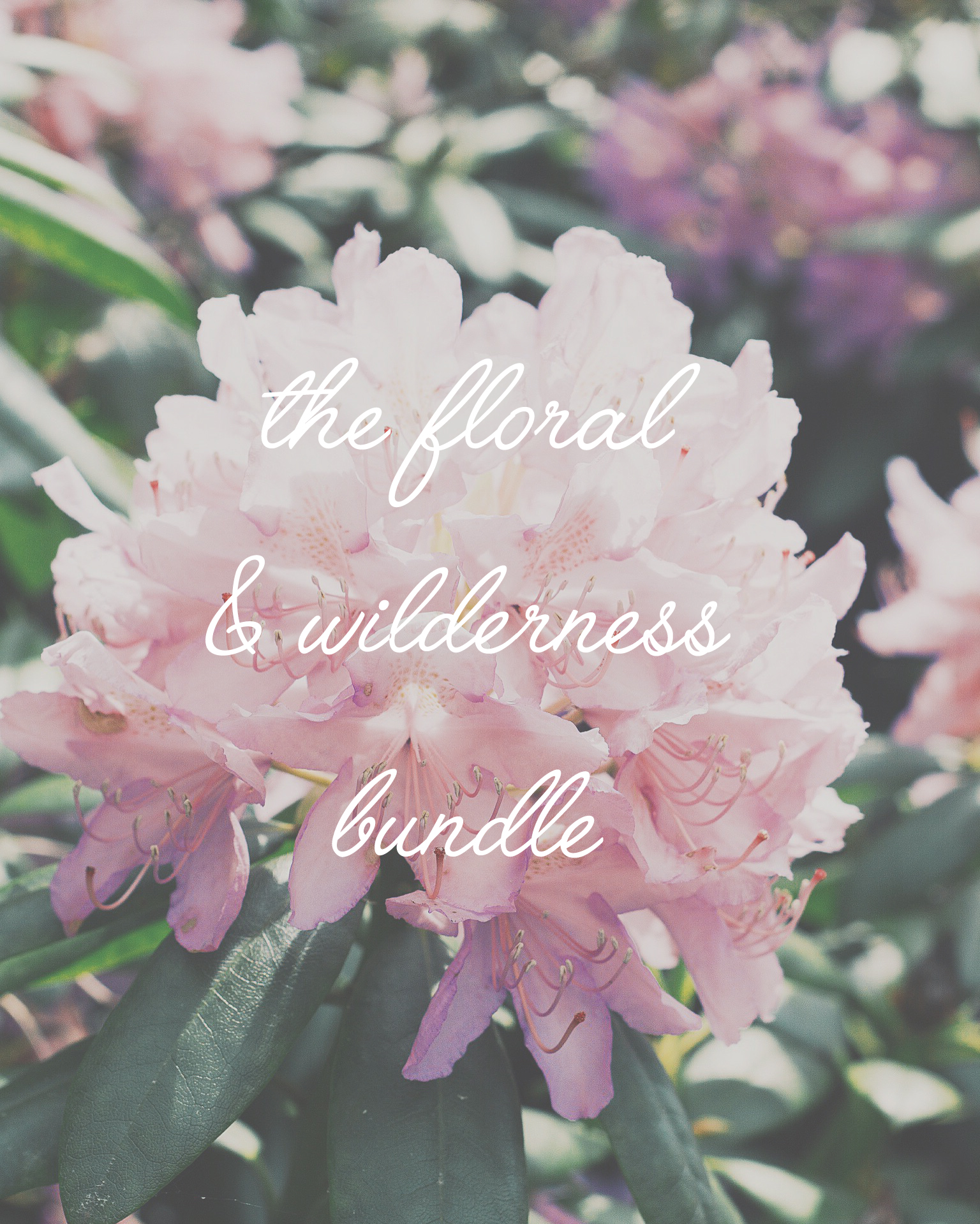A Beginners Guide To Shooting Manual On Your SLR
This is a post that has been in the works for a long time. But sometimes talking about the techy side of photography can be incredibly boring and I never want to sound like a dull photography teacher or like a know it all. However, the techy side of photography is important and even though I believe it's always the person who makes the picture special there are some key elements that can help make the image just that bit better. And learning to use your SLR on the manual setting is a big part of the technical side and I know that looking at the back of a camera when you know nothing about them can be so daunting but hopefully, this post breaks it down a little more.
WHY LEARN MANUAL?
There are no rules when it comes to photography and you can play by your own by all means. But I think learning how to take beautiful pictures in manual mode is one of the most beneficial things you can do. And it might seem like a little bit of a boring thing to do and granted there are much more exciting things you can do but it's so worthwhile. There are no set ways to learn this either but like most things, in life, I find the best way to learn is to just grab your camera and play around with it. And that's the joy about digital is that it's free to practice whereas when I learnt on film it cost me money every time I shot anything.
AUTO WILL NEVER GIVE YOU THE BEST RESULTS
I already know that this is going to come across a little dickish but buying an SLR only to shoot on the auto setting is, in my opinion, a huge waste of money and you're never ever going to get the most you can out of that camera. If you want some quick snapshots for eBay or something then sure it's great, but if you're really wanting to practice photography and take it up as a hobby then leave auto at the door. And if learning manual photography isn't something you're interested in then especially now there are so many great point and shoots on the market that are high quality and have the option of changing the lens to mimic that professional look so you don't have to splurge on an SLR.
THE OPTION WHEEL
On the majority of SLRS, there will be a wheel where you pick what function you want to shoot on. Also, just a note that I'm a loyal Canon user and I've never shot on anything else so I can't comment on what their options look like but they're generally similar. So the options look like;
A+ = This is a fully automatic mode where the camera will choose everything from your ISO to your shutter speed and aperture.
P = Programme. This is kind of similar to automatic but you are able to change the shutter speed or aperture if you want.
For all the following options I believe you will need to choose the ISO yourself
AV = Aperture priority. Using this setting means that you get to choose the aperture, so you can either choose something super shallow or really wide depending on the subject and the camera will choose the right shutter speed for you.
TV = Shutter speed priority. So the same concept as aperture priority but this is for the shutter speed. So this is good if you know that you need to have something sharp then being able to choose a reasonably fast shutter speed is ideal.
M = Manual. Of course, this is manual mode and this is the option that allows you to choose everything from shutter speed to aperture.
GETTING THAT MEET IN THE MIDDLE
If you have ever looked through an SLR or any type of camera with this function you will know a little bar comes up with a marker that tends to jump around. To get a well-exposed image you need this marker to sit in the middle and this where you need to know how the various technical aspects of photography work together. So in general the smaller the aperture so a 2.8 means the higher you can push the shutter speed but this means you have a smaller depth of field so a shallower focus range. And if you want a larger depth of field that means you can run the risk of having a slow shutter speed which means you might need a tripod and a remote or a high ISO which can lead to grain. This is where practising photography on any type of subject in a range of settings will be really beneficial because you will learn what scenarios will require a certain shutter speed or aperture.
QUICK FIRE PHOTOGRAPHY TECHNICAL CHEAT SHEET
APERTURE: How big the hole is in the lens that allows light to enter the camera. 2.8 allows a large amount of light and 22 allows a small amount of light.
SHUTTER SPEED: How long the shutter in the camera opens for, you need around a 1/60 or 1/80 for things to be sharp.
ISO: How sensitive the camera is to the light. A bright sunny day means you can shoot with a IS0 100 or 200 and in dark dim light you will need a 1600 or higher.
WHITE BALANCE: The temperature of the light will affect the white balance and knowing the colour wheel will really help you to know what white balance to set your camera to and most digital cameras will also tell you what setting is appropriate for the weather.
LENS FOCAL LENGTH: Distance between the subject and the lens where it's able to focus.
What are techy aspects of photography you want to learn more about?






